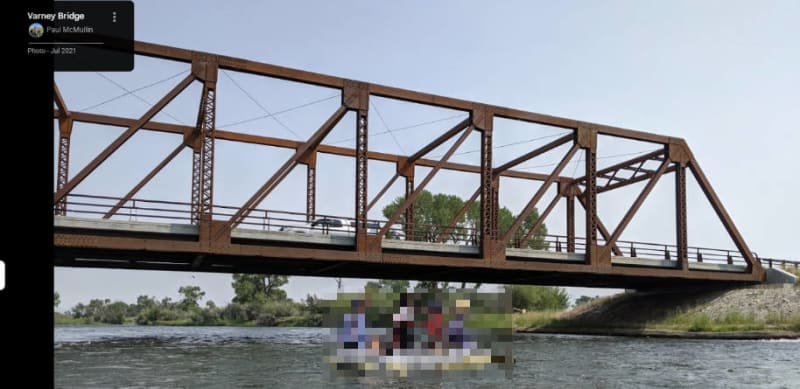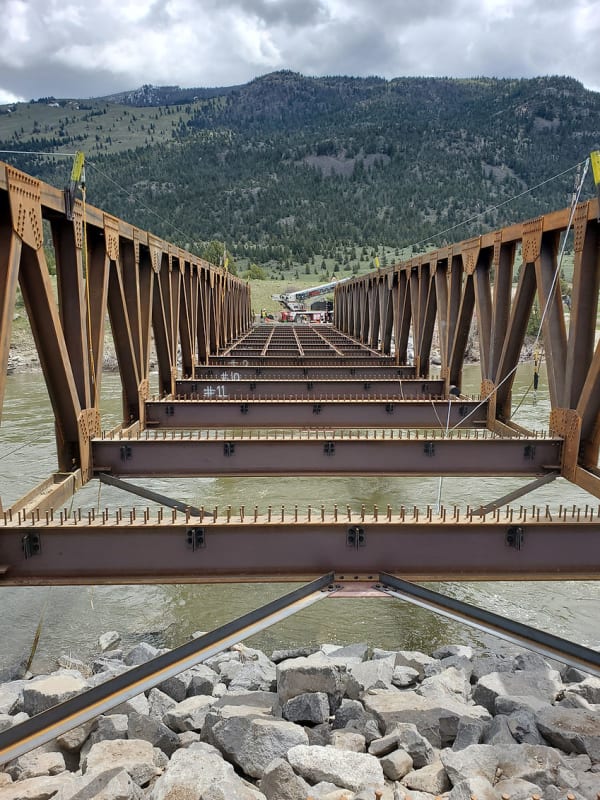simplebm
Structural
- Apr 28, 2013
- 24
I just saw a video of a steel truss bridge erection. It was a two lane (two trusses) span of 210 feet.
The trusses were 14.67 ft deep. The floor was going to be steel beams and concrete deck.
There was no horizontal bracing at the top chords of the trusses. How is the top chord designed for compression with
a span of 210 feet? Is there a reduced allowable stress based on 210 feet span? My background is buildings, not bridges.
The trusses were 14.67 ft deep. The floor was going to be steel beams and concrete deck.
There was no horizontal bracing at the top chords of the trusses. How is the top chord designed for compression with
a span of 210 feet? Is there a reduced allowable stress based on 210 feet span? My background is buildings, not bridges.


